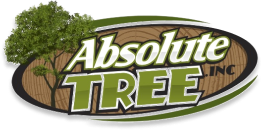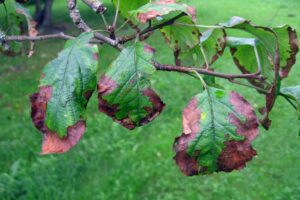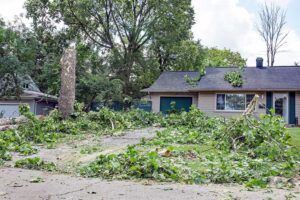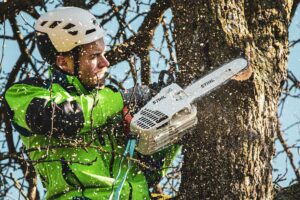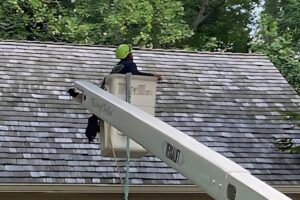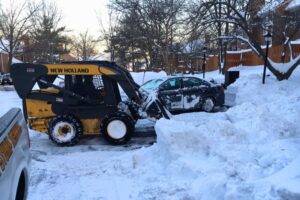Crape myrtles, with their spectacular summer blooms and gracefully peeling bark, are the crown jewels of many landscapes across Northern Virginia. However, these beautiful trees are under siege by a tiny, yet formidable enemy: the crape myrtle bark scale. This invasive pest not only detracts from the beauty of the trees with its sticky honeydew residue and ensuing black sooty mold but also poses a significant threat to their health and vitality.
This article will arm you with the knowledge to identify, prevent, and take decisive action against the crape myrtle bark scale, ensuring that crape myrtles continue to thrive in our gardens and landscapes.
What is Crape Myrtle Bark Scale?
Crape myrtle bark scale (CMBS), scientifically known as Acanthococcus lagerstroemiae, is an invasive scale insect. This pest is a relatively new challenge for crape myrtles (Lagerstroemia spp.) in the United States, having originated from Asia and being first confirmed in Dallas, TX in only 2004. It arrived in northern Virginia and the DC area in 2020.
While this destructive pest is the only scale insect that attacks crape myrtles, it can also be found on a range of common plants, such as:
- American beautyberry (Callicarpa americana)
- Henna (Lawsonia inermis)
- Axlewood (Anogeissus latifolia)
- Korean boxwood (Buxus microphylla)
- Pomegranate (Puica granatus)
- Border privet (Ligustrum obtusifolium)
- Apple (Malus domestica)
- Japanese meadowsweet (Spirea japonica)
Its presence is marked by a distinct, unwelcome appearance on crepe myrtle trees, and it has rapidly become a concern due to its damaging effects on these landscape favorites.
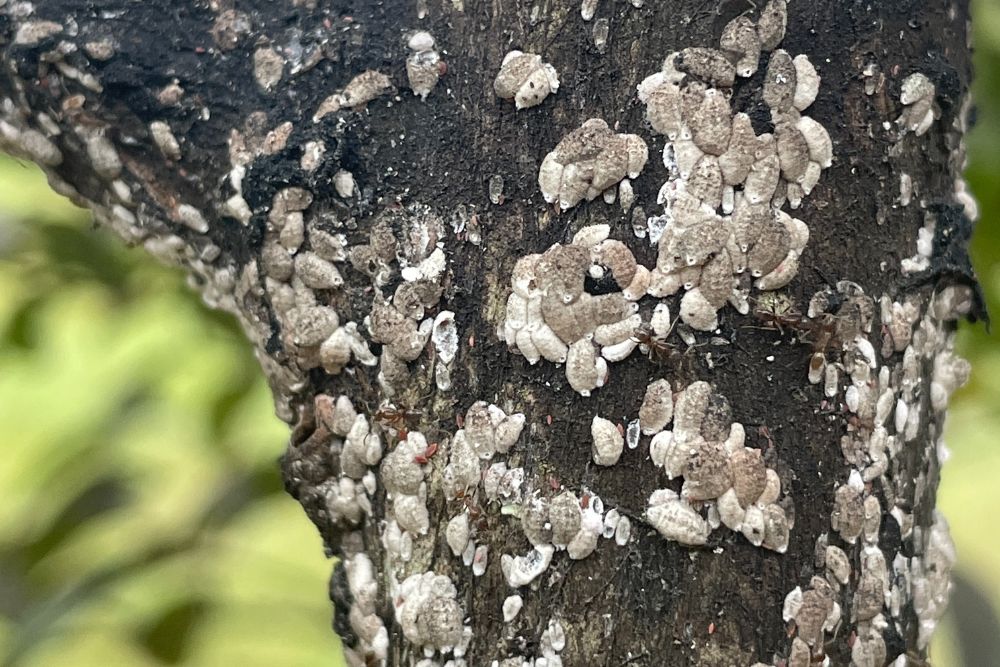
Close-up photo of crape myrtle bark scale. Photo courtesy of Matt Borden, CC BY-SA 2.0.
Impact of Bark Scale on Crepe Myrtles
The long-term effects of a crape myrtle bark scale infestation can be quite severe:
- The infested trees can appear severely stunted, with dieback symptoms on the branches. With a severe, long-term infestation, the entire tree can eventually die.
- The scale insects suck up more plant nutrients than they need, excreting excess sugars as honeydew. This leads to one of the most noticeable effects of CMBS - heavy accumulations of black sooty mold on the leaves, twigs, trunks, and surrounding areas, making the tree appear black and unsightly. This fungal growth can also interfere with photosynthesis, further reducing the tree's health and vigor.
- Heavy CMBS infestations can significantly reduce the flowering and overall vigor of crape myrtles over time. The trees may produce fewer flowers and smaller flower clusters.
- If left untreated, CMBS can spread from tree to tree, even when the trees are hundreds of feet apart. This allows the pest to become well-established in an area over multiple years.
- CMBS has few natural enemies in the U.S., allowing populations to build up to very high, damaging levels on infested plants. This makes long-term control challenging without repeated insecticide treatments.
- A serious, long-term CMBS infestation can ultimately lead to the decline and potential death of the affected crape myrtle trees.
Identifying the Enemy: Diagnosing Bark Scale
Crape myrtle bark scale is easily identified as small, white or grayish pests that cling tightly to the branches and trunks of crepe myrtles. These scales produce a protective waxy coating, making them resemble tiny spots of cotton or felt.
Underneath this cover, the scales feed on the tree’s sap, excreting a sticky substance known as honeydew. This secretion can lead to the development of black sooty mold on the leaves and branches, further detracting from the tree's beauty and health.
Early identification of bark scale will help you effectively manage the pests and preserve your crape myrtles' beauty and health. Here are a few tips for what to look for from Absolute Tree Service, your local tree care experts:
- White or grayish spots or waxy coatings on branches and trunks.
- Sticky residue on leaves and under the tree, a telltale sign of honeydew secretion by scales feeding on your tree.
- Patches of black sooty mold on leaves and stems, which grows on the honeydew secreted by scale insects.
- Clusters of white, felt-like scales around cracks, ridges, and crevices in the tree bark.
- Crush suspected scales with a fingernail; if they produce a pinkish liquid, you likely have a bark scale infestation.
Although CMBS is easily detectable on heavily infested plants, low-level infestations on recently impacted plants can be difficult to spot. When inspecting plants, be especially thorough and meticulous, particularly before making a purchase. Don't just examine the trunk and lower limbs of large trees in the landscape; most of the scale insects will be found on the small twigs and branches in the upper portions of the tree, so be sure to check those areas as well.
The Battle Plan: Treatment Options for Bark Scale
If you find CMBS on your crape myrtles, treat the infested trees promptly to help control the scale before it can spread. Combatting bark scale on crape myrtles requires a multifaceted approach that includes a combination of mechanical, chemical, and biological control methods.
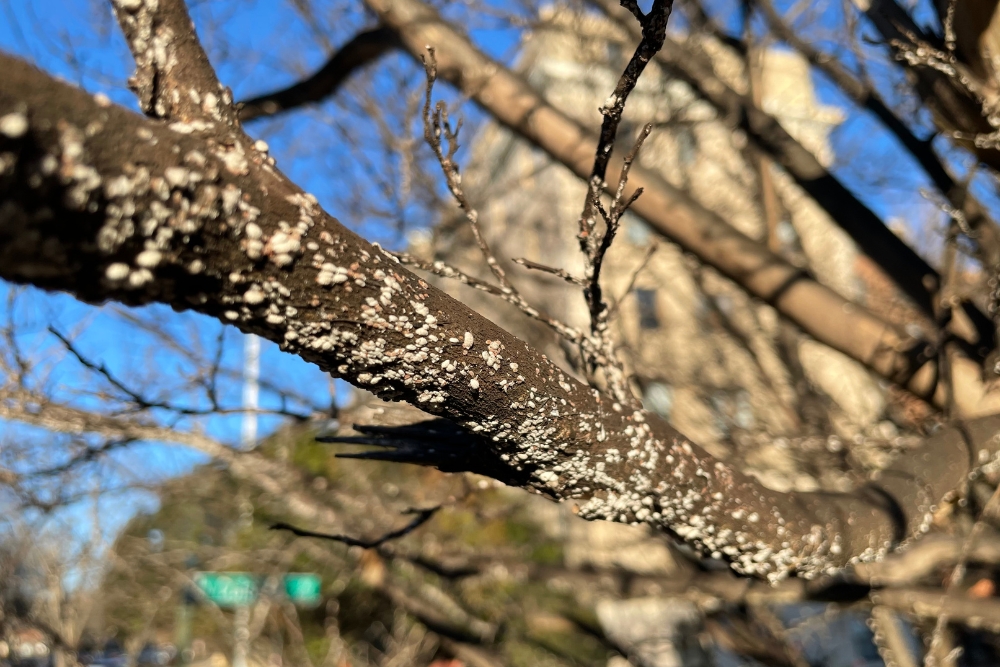
Clear signs of crape myrtle bark scale. Photo courtesy of m.borden, CC BY-SA 2.0
Chemical Treatments to Kill Bark Scale
Systemic Insecticides
Certain chemical treatments are effective at controlling CMBS, particularly products containing imidacloprid, clothianidin, dinotefuran, or thiamethoxam applied around the tree as a soil drench or soil injection.
Foliar sprays are generally ineffective, as the scale’s waxy coating protects it from contact insecticides. We recommend avoiding sprays, particularly when the crape myrtles are blooming, as this can be harmful to bees and other pollinators.
Systemic insecticides provide 12 months of protection and should be applied only once per year, ideally when the trees have fully leafed out and are actively growing (usually, that’s around April in Fairfax and Arlington counties). This ensures the product is taken up and distributed throughout the entire tree where it is ingested by feeding scales. You’ll know they’re dead when they’re dry and don’t ooze pinkish juices when crushed.
Insect Growth Regulators
Insect growth regulators like pyriproxyfen can also significantly reduce the number of crawlers (the active growth phases of the scale’s lifecycle) on crape myrtles if applied when crawlers are active. These treatments must be applied by professional pesticide applicators (such as the experts at Absolute Tree Service) who monitor for crawler activity and apply treatments accordingly, usually in the late spring to early summer months (May to June).
If you choose to apply chemical treatments yourself, be sure to read the pest management guidelines from the Virginia Cooperative Extension and always follow label directions exactly.
Biological Controls
Biological controls, such as natural predators, can often help reduce pest populations. However, because CMBS is so new in the USA, there are very few predators that can control it. Some types of lady beetles may feed on scales but typically have only minor impact. Still, it’s worth encouraging these beneficial insects by avoiding broad-spectrum insecticides, using organic gardening methods, and maintaining a diverse landscape.
Removing Sooty Mold
Many homeowners find the black mold growth to be ugly and would prefer to remove it. When the scales have been successfully treated with systemic insecticides, you could try removing sooty mold by lightly scrubbing tree branches with a brush and disk soap or using a pressure washer on a low setting. It won’t remove it all, but your tree will likely look better. Plus, it makes it easier to notice if scale reinfest the tree.
Removing Infested Trees
Although this may seem drastic, sometimes the best choice is to simply remove CMBS-infested trees from your property. This can be a good option if you only have a few young trees and bark scale is well-established in your neighborhood (in this case, replace the trees with something else) or if you’re not willing to deal with the cost and effort of annual insecticide treatments and regular monitoring.
Building the Barricade: Preventing Bark Scale Infestations
Early detection and proper tree care are your best defenses against bark scale on your crape myrtles. We recommend taking these proactive steps to help prevent CMBS from establishing in your landscape and spreading to other valuable plants beyond the infested crape myrtles.
- Monitor Trees Regularly - Regularly monitor your crape myrtles and surrounding landscape plants for signs of CMBS, such as white, felt-like scale insects and associated black sooty mold.
- Maintain Trees Properly - Ensure your crape myrtles are healthy through proper pruning, watering, and fertilization practices. A healthy tree is more resistant to pests.
- Provide Sunlight – Scale insects prefer shade so planting your crape myrtles in full sun or pruning back nearby trees to allow more sunlight into the area, may help prevent infestation.
- Remove Infested Debris - Clean up debris around the tree base, as well as any twigs or branches, and dispose of it in plastic trash bags or burn it. Do not compost tree cuttings or debris.
- Fertilize Carefully – Avoid using too much nitrogen fertilizer as this can encourage the growth of scale populations.
- Replace Damaged Crape Myrtles - Consider replacing severely infested crape myrtles with less susceptible tree species if the scale damage is extensive. This removes the primary host and source of infestation.
- Avoid Trimming Infested Crape Myrtles - This can dislodge the scale insects and allow them to spread to nearby plants. If pruning is necessary, be sure to cover and dispose of the trimmings properly.
- Don’t Move Plant Material - Do not move or transport any plant material from CMBS-infested crape myrtles, as this is a common way the pest spreads long distances to new areas.
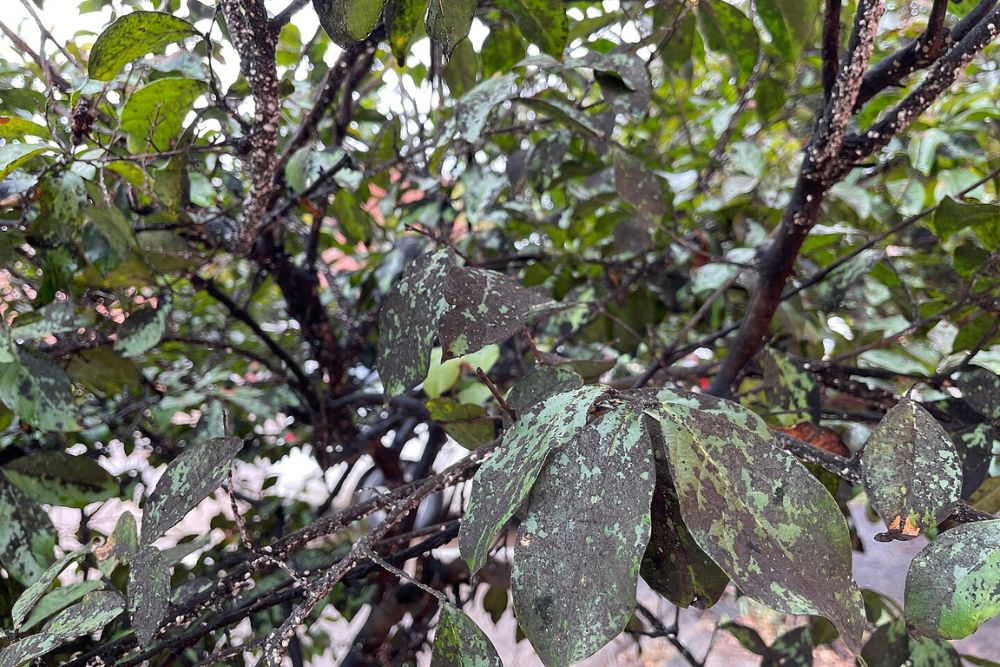
A crape myrtle suffering from crape myrtle bark scale. Image courtesy of m.borden, CC BY-SA 2.0.
Crape Myrtles Looking Sick? Call Absolute Tree Service for Effective Treatment
With years of experience and a deep commitment to the health of Northern Virginia's landscapes, Absolute Tree Service offers:
- Expert Diagnosis: Our specialists identify and assess the extent of infestations accurately.
- Customized Treatment Plans: Tailored strategies that address the specific needs of your crape myrtles.
- Preventive Care & Advice: Guidance on keeping your crape myrtles vibrant and healthy year-round.
Don’t let crape myrtle bark scale rob your landscape of its luster. With Absolute Tree Service, you have a dedicated partner in the fight against this invasive pest. Early diagnosis, proactive prevention, and effective treatment are the keys to safeguarding your crape myrtles. Ready to protect your trees? Call us today at 703-705-4560 and let’s get started!
Together, we can keep Northern Virginia's crape myrtles thriving for generations to come.
For the Absolute Best Tree Service in Northern Virginia, call Absolute Tree Today!
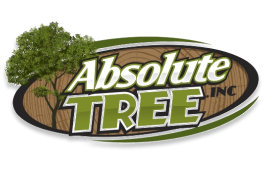
Author Profile: Ashley Davis
Over the last 19 years, Absolute Tree has grown a reputation as one of the premier tree service companies in the Northern Virginia areas. And there’s a good reason for this—we love trees and our passion for them shows. When you call on Absolute Tree for tree service, you aren’t just getting “some guys who cut down trees.” You’re hiring highly skilled arborists who understand the growth of trees and consider tree care an art form.
Stay Up-to-date!
Swing in each month for new articles, pest alerts, local resources, tree care tips, tree health updates, and landscape maintenance ideas
